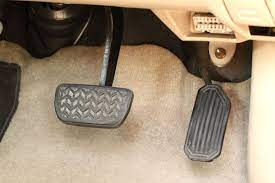Gas and Brake Pedals: What Are The Differences? The brake and gas pedals are the…

Auto Domain
A knowledge base for all things cars

A knowledge base for all things cars

Gas and Brake Pedals: What Are The Differences? The brake and gas pedals are the…